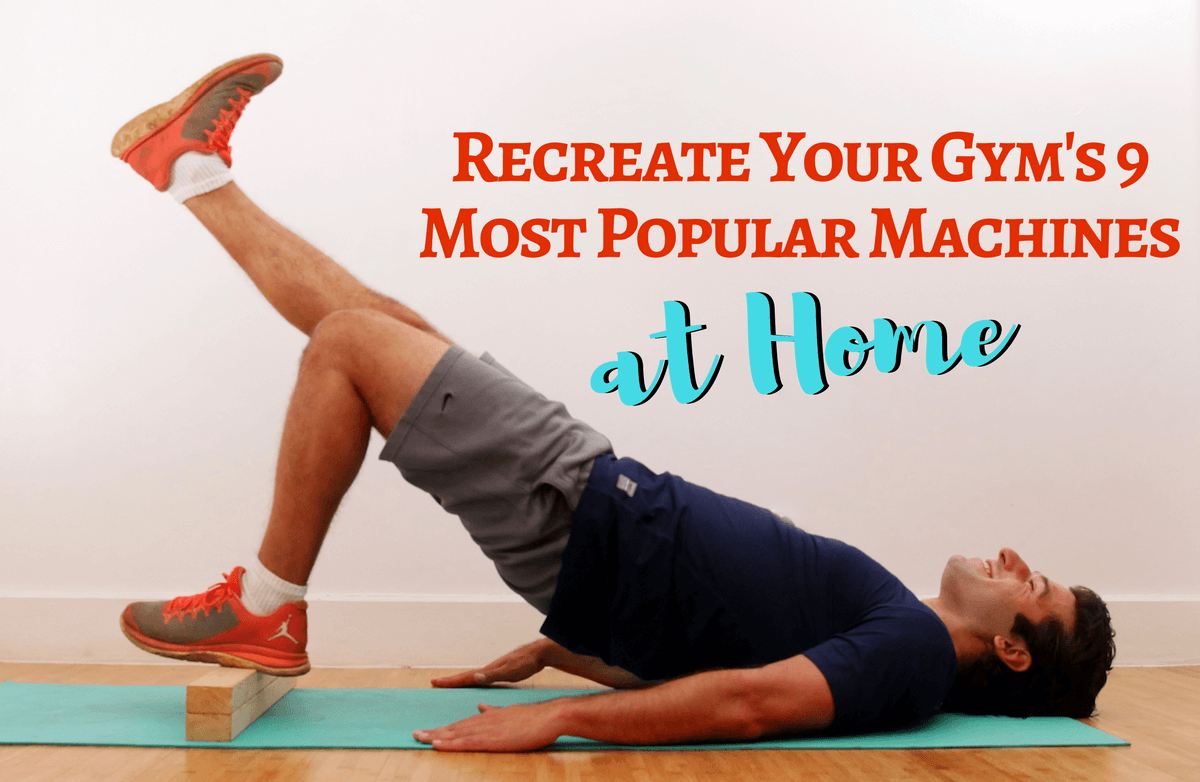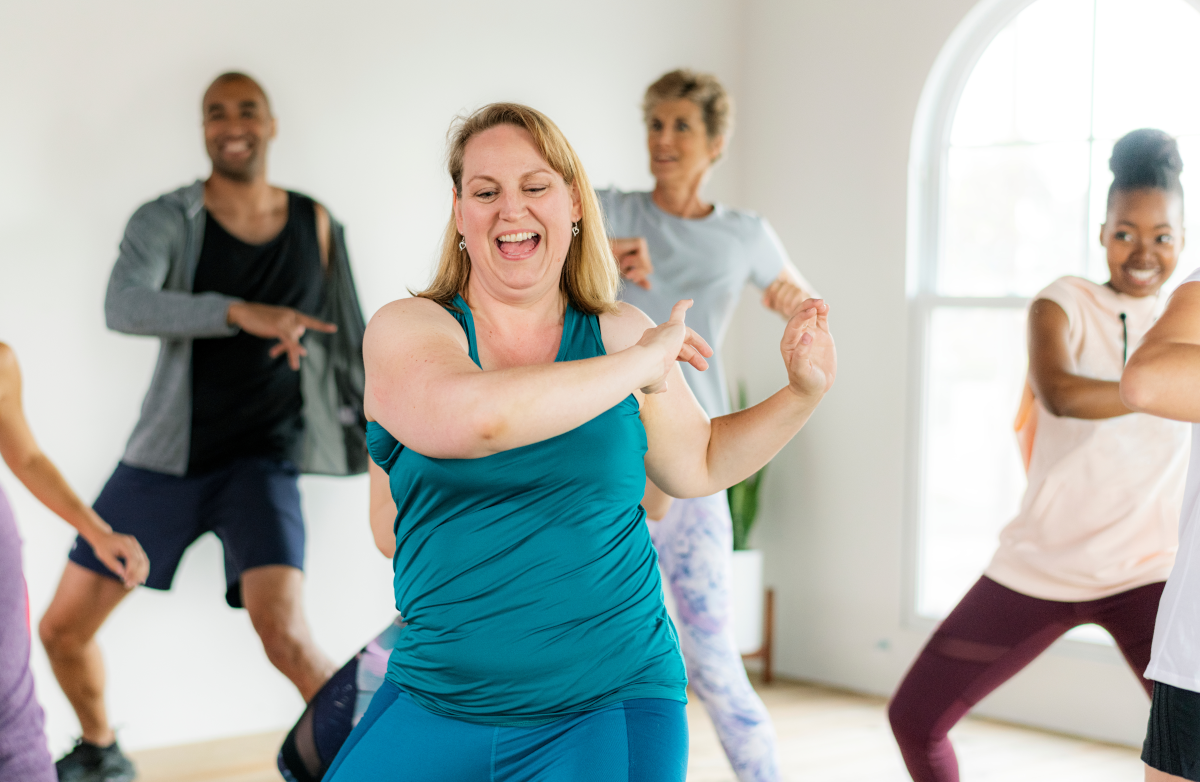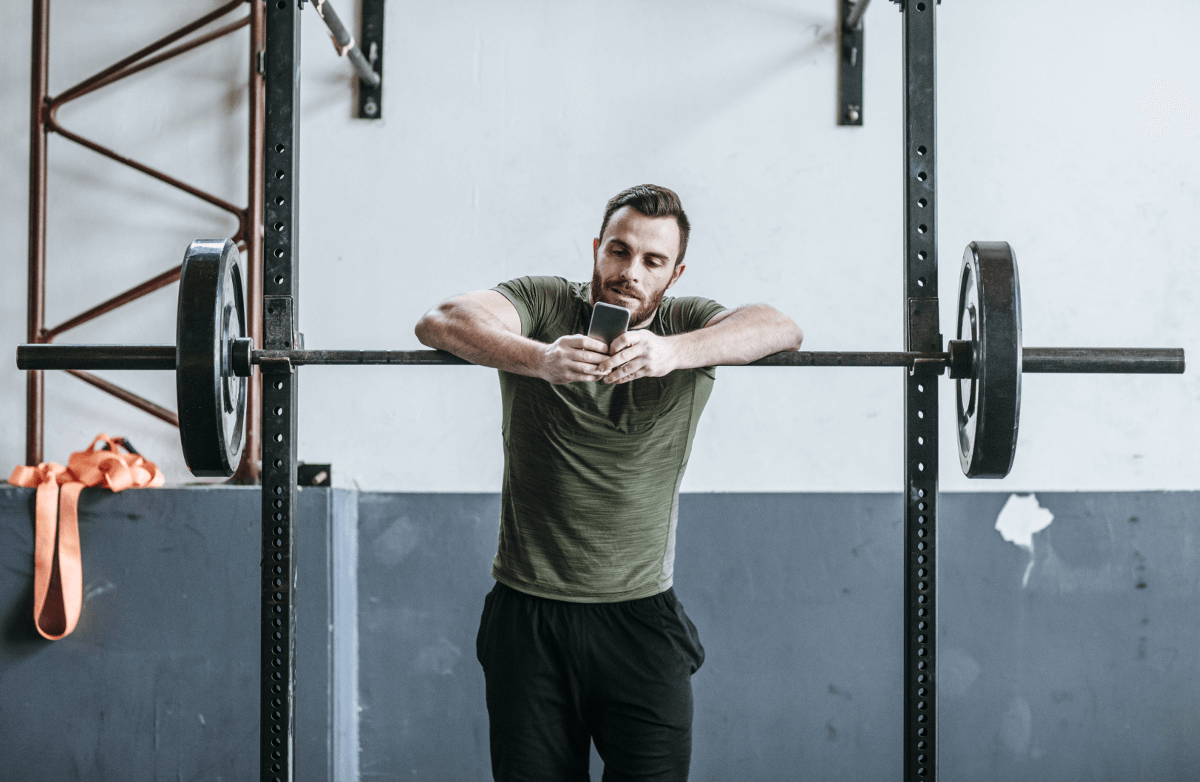Super sets, Tabata, intervals, circuits—just when you think you have a handle on all the strength-training methods, a new kid moves into town. And while
For those looking to take their workout to the next level or add variety to a stale strength-training routine,
Muscles have two different types of fibers: slow-twitch and fast-twitch. Slow-twitch fibers are used for endurance activities such as running or biking; fast-twitch fibers contract more quickly and are used for anaerobic, explosive movements. It's best to train both, which can be accomplished through a mix of steady-state cardio, strength training and higher intensity workouts such as
Who Should Do It?
Plyometric movements require strength and power, so they are not for the beginning exerciser. They are also high-impact movements, which means anyone with joint problems (such as back or knee pain) will likely want to avoid this type of workout.
How Do I Get Started?
One of the easiest ways to get started is by incorporating
Because of the increased intensity, this is not the type of workout you should do daily. There are a few options for how to safely weave it into your routine.
- Swap out some of your traditional strength movements for plyometric exercises. For example, try plyo pushups instead of traditional pushups. Start with one to two sets of each exercise, five to 10 repetitions per set.
- Add
plyometric exercises to your regular strength routine by weaving them in between your typical moves to get the heart rate up and add variety. For instance, box jumps followed by chest presses will work the lower body, then the upper body, allowing adequate rest time for each. - Devote one to two workout sessions per week to
plyometrics . Since these exercises are intense, you'll want to keep the repetitions lower (a max of 10) and the workout shorter. Fifteen to 20 minutes is a great starting point for those new to this type of activity.
Because
Exercises should be performed on a surface that has shock absorbing properties, such as a rubber mat. Since the exercises are intense, one to two sessions per week is a good place to start—either as part of your current strength training routine or as a standalone workout. Take care to give yourself adequate rest in between sets or exercises, as well. According to the National Strength and Conditioning Association's (NSCA) Performance Journal, "As a general rule, rest five to 10 times more than it takes you to perform the set of
NSCA goes on to explain that the volume of plyometric training is measured by foot contacts, or how many times each foot touches the ground. It is recommended that beginners start with no more than 80 to 100 foot contacts per session, potentially less depending on the intensity of the exercise and fitness level of the participant.
Your Plyometrics Primer
These five exercises can be incorporated into your current strength routine, or can be made into their own workout a few times a week. One to two sets of each exercise with five to 10 repetitions per set is a good place to start. Be sure to rest 48 to 72 hours in between
- Jump Squats
As you lower into the squat, extend your arms and bend the elbows with hands in a loose fist. When you reach the squat position with your thighs parallel to the floor, push off the balls of your feet and jump, fulling extending your legs and letting your arms swing behind you. Land softly on the balls of your feet asknees bend back down into the squat position. - Split Lunges
Step forward with one leg and lower your body to 90 degrees at both knees. Keep your weight in your heels and don’t allow your knees to cross the plane of your toes. Using your quadriceps, hamstrings and hip flexors, spring out of the lunge position into the air, switching the feet so that the right leg is in front and the left leg is behind you when you land. Lower into another lunge, switching sides when you jump to complete one rep. Land softly and maintain proper form throughout the movement. - Plank Jumping-Jacks
Start in the plank position with arms straight, hands stacked beneath the shoulders, core engaged and hips tucked up and in. Keeping your hips stable, jump your feet out wide and back together, landing softly on your toes. - Box Jumps
Stand in front of a box or other suitable platform, such as a park bench. A sturdy surface 12 inches off the ground is a good starting point, but this can be higher or lower depending on your fitness level. Bending your knees and swinging your arms, jump up onto the box and either jump or step immediately back down to the same position, quickly jumping up again for the next repetition. - Pushup with a Pop-Up
Begin in a high plank, lowering your body into a pushup and back up to the starting position. At the top of your pushup, jump both feet forward until they are just behind your hands. Shift your weight forward, then jump your legs back to the starting position to complete one rep.







.png)
.png)

.jpg)


